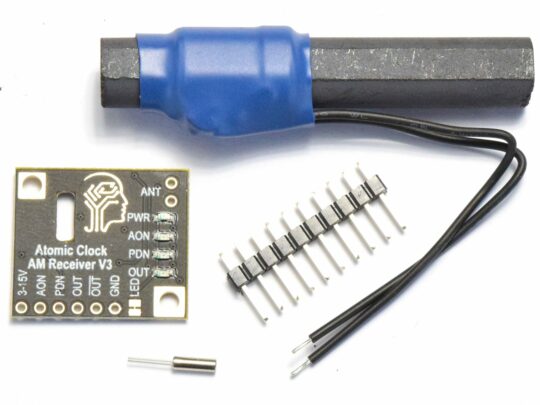
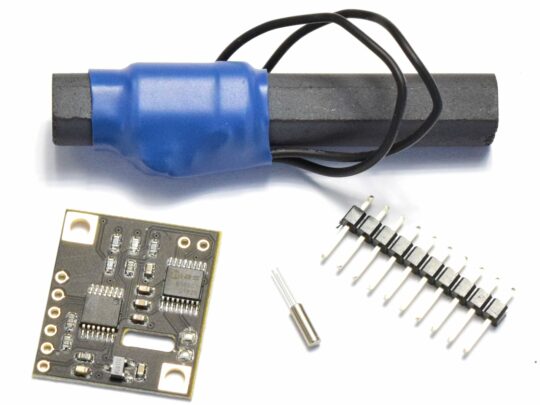
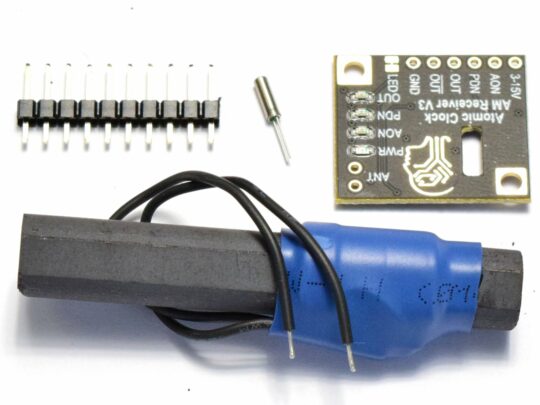
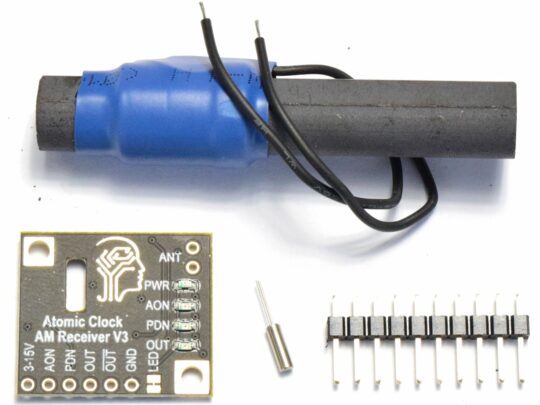
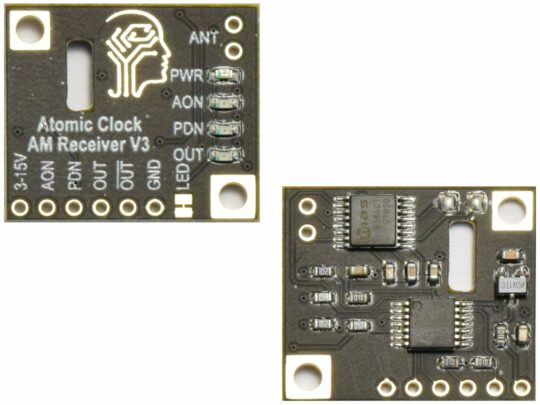
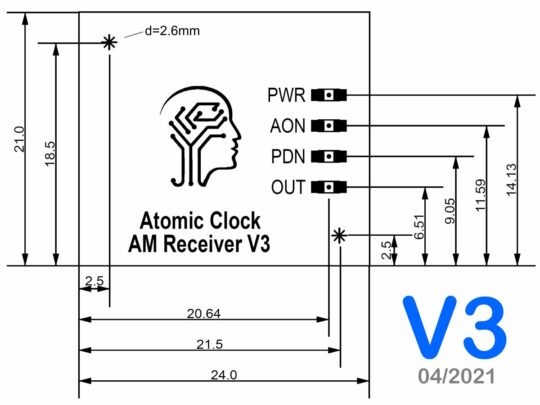
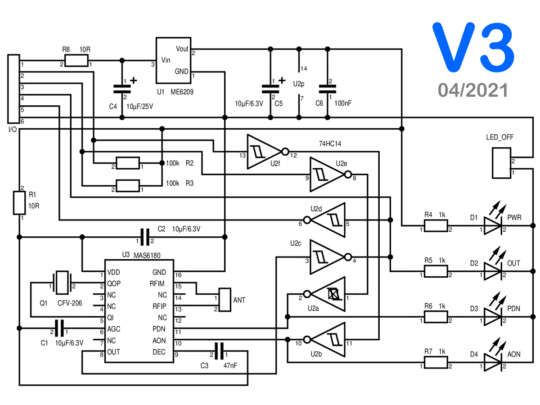
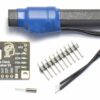
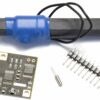
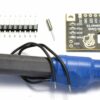
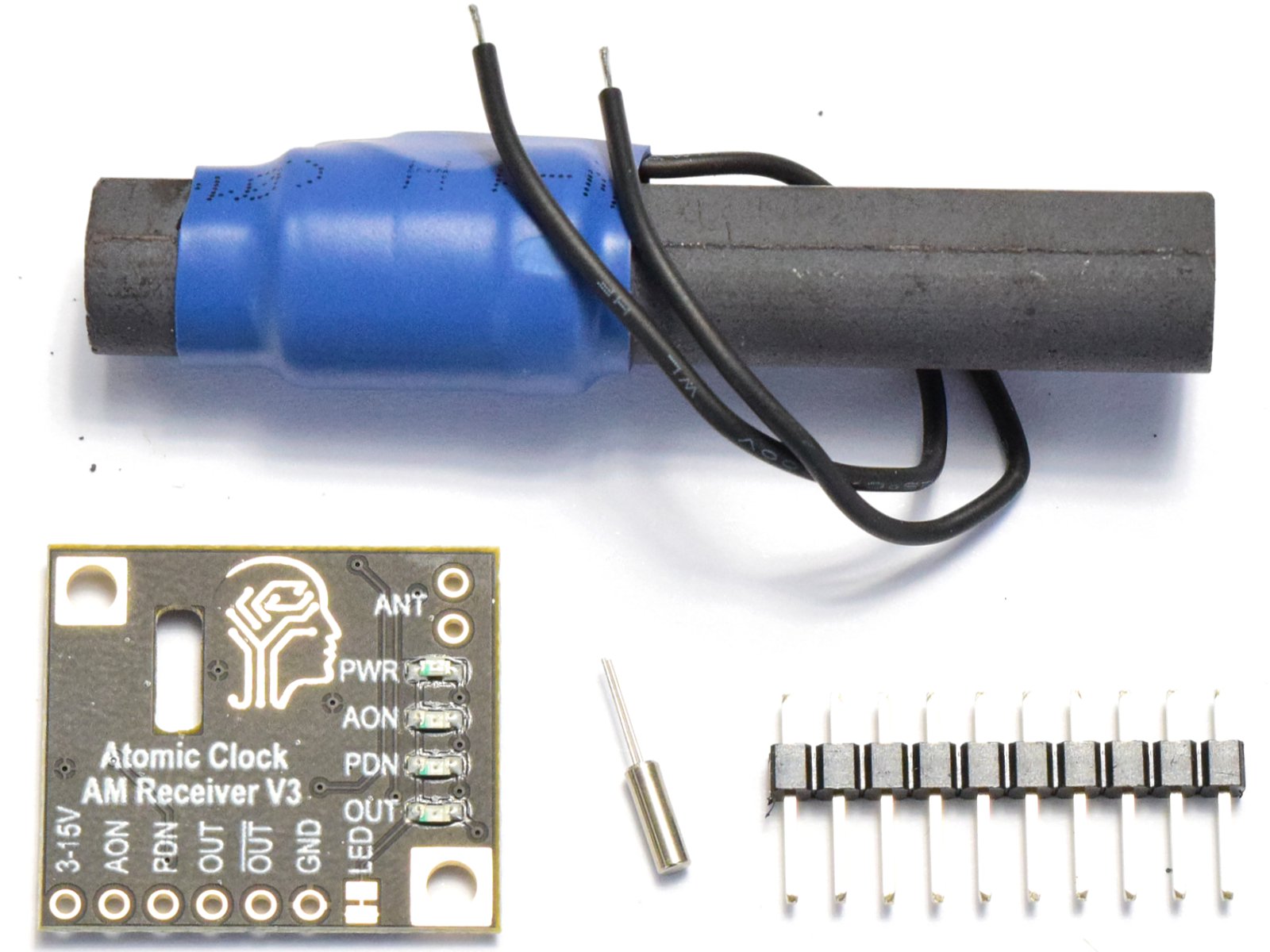
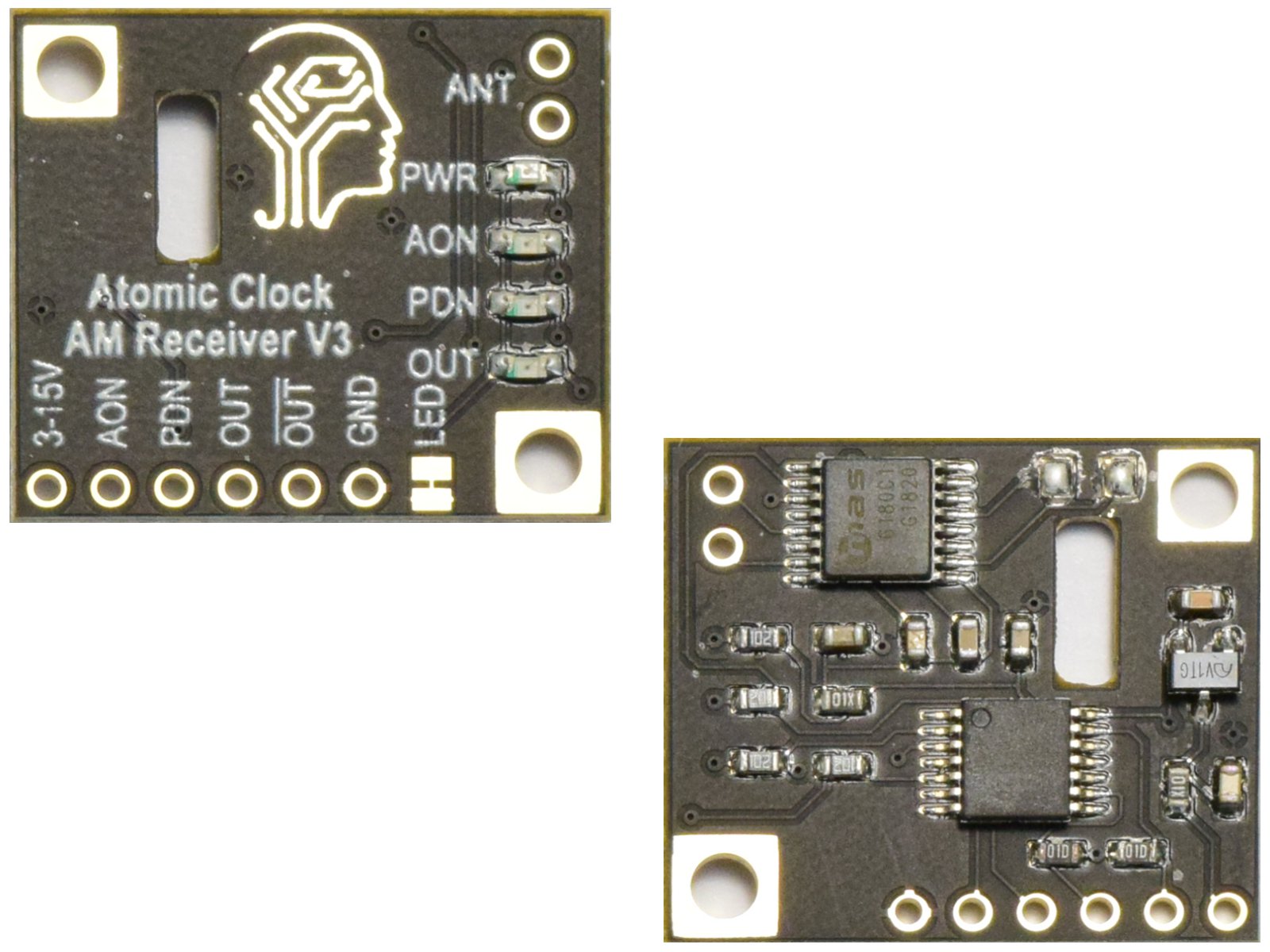
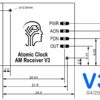
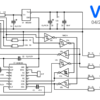
60kHz WWVB Atomic Clock Receiver – compatible with MSF and JJY60
USD 13.07 USD 10.45
Victoria Day Sale
ends May 20th
- Description
- Reviews (17)
Description
A 60kHz WWVB Atomic Clock Receiver is a device that receives the time signals transmitted by the National Institute of Standards and Technology’s (NIST) radio station WWVB located in Fort Collins, Colorado, USA. The receiver decodes the time signals to synchronize the time and date on atomic clocks, which are accurate to within a few microseconds. WWVB broadcasts time signals on a frequency of 60kHz and provides a continuous, reliable source of coordinated Universal Time (UTC) for the US and other regions of the world.
Our WWVB Atomic Clock AM Receiver module V3 for 60kHz and 77.5kHz is the most advanced and best-equipped AM Atomic Clock Receiver module for DIY projects available.
We designed this product around the awesome receiver chip from Micro Analog Systems (Finland). This module is in particular designed for use with microcontrollers in an operating voltage range of 2 to 15V, and standard logic levels 3.3V / 5V.
The kit includes a high-quality, fine-tuned 60kHz antenna with a Q-factor of over 100.
The WWVB Atomic Clock AM Receiver module can also receive any other 60kHz atomic clock AM signal, like:
– JJY60 (Japan)
– MSF (England)
Features
The advantages over other modules from other manufacturers:
– wide operating voltage range 2* to 15V
– 60 mm tuned high-gain, high-Q antenna
– current consumption <100µA (LEDs off)
– super high sensitivity of 0.4V (RMS)
– power down control pin
– fast start-up
– AGC control on/off
The kit needs soldering. Crystal, antenna, and pin header are not factory assembled.
Downloads and Documentation
If you don’t want to develop your own code, you can find many projects online, using our receiver kit, like for example Bruce Hall’s perfectly documented WWVB Clock with TFT colour display:
Bruce Hall’s Atomic Clock Project Description, Instructions and Code on GitHub
Please also check Andrew Hooper’s WWVB Atomic Clock Arduino project and Benjamin Russel’s AVR-ASM-WWVB-Atomic-Clock on GitHub.
We highly recommend reading the official Wikipedia article about WWVB (Fort Collins) time signal to better understand how these clocks work.
Download a detailed datasheet for the MAS6180C receiver IC.
Documentation CANADUINO WWVB Atomic Clock Receiver Kit (V2)
Please find the Atomic Clock Radio Signal Map on NIST website to learn about the signal coverage.
Additional Notes
We decided not to publish a new manual for the new module since the differences from the predecessor are only minimal.
* The module will work as expected with a voltage of as low as 2V. But the LEDs might not work as expected. We recommend a minimum voltage of 3V.
#atomicclockreceiver
17 reviews for 60kHz WWVB Atomic Clock Receiver – compatible with MSF and JJY60
Add a review
You must be logged in to post a review.
Related products
-
Atomic Clock Receiver, EverSet ES100 WWVB
Loopstick Antenna 60kHz for Atomic Clock Receiver
0 out of 5USD 3.61USD 2.89 -
Atomic Clock Receiver
10 x Crystal 60kHz (60,003Hz) for Atomic Clock Receiver
5.00 out of 5USD 3.61USD 2.89 -
Atomic Clock Receiver
DCF77 antenna for Atomic Clock – 77.5kHz Fine Tuned
0 out of 5USD 3.61USD 2.89 -
Atomic Clock Receiver
DCF77 Empfänger Funkuhr Receiver 77.5kHz for Europe
0 out of 5USD 13.07USD 10.45 -
Atomic Clock Receiver
10 x Crystal 77.5kHz (77.503Hz) for DCF77 Atomic Clock Receiver
0 out of 5USD 3.61USD 2.89

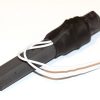
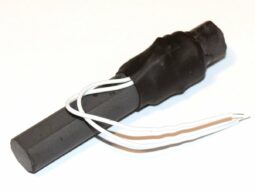
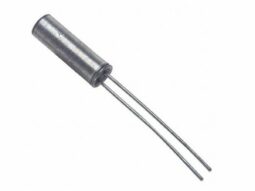
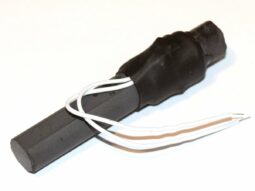
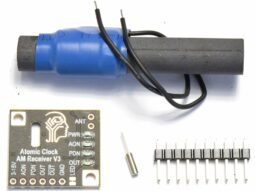
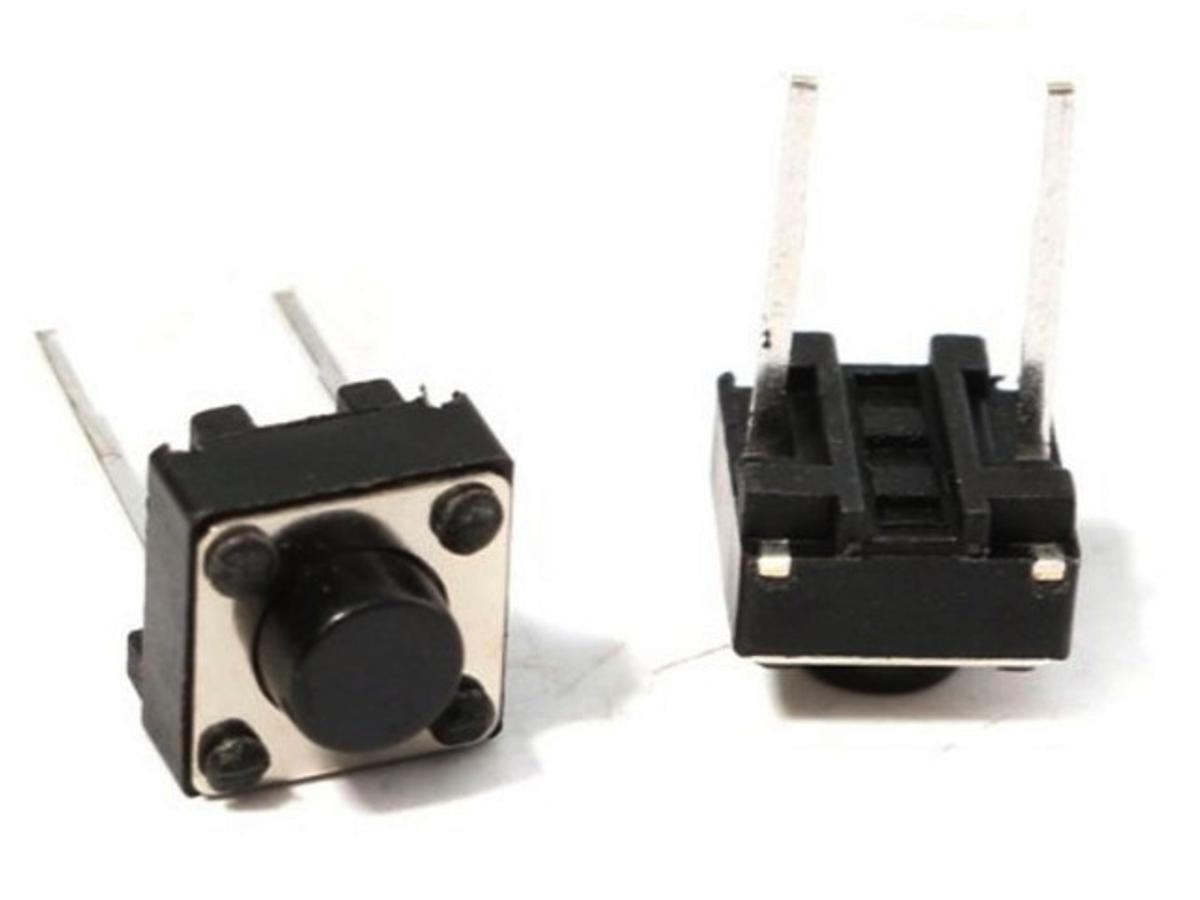
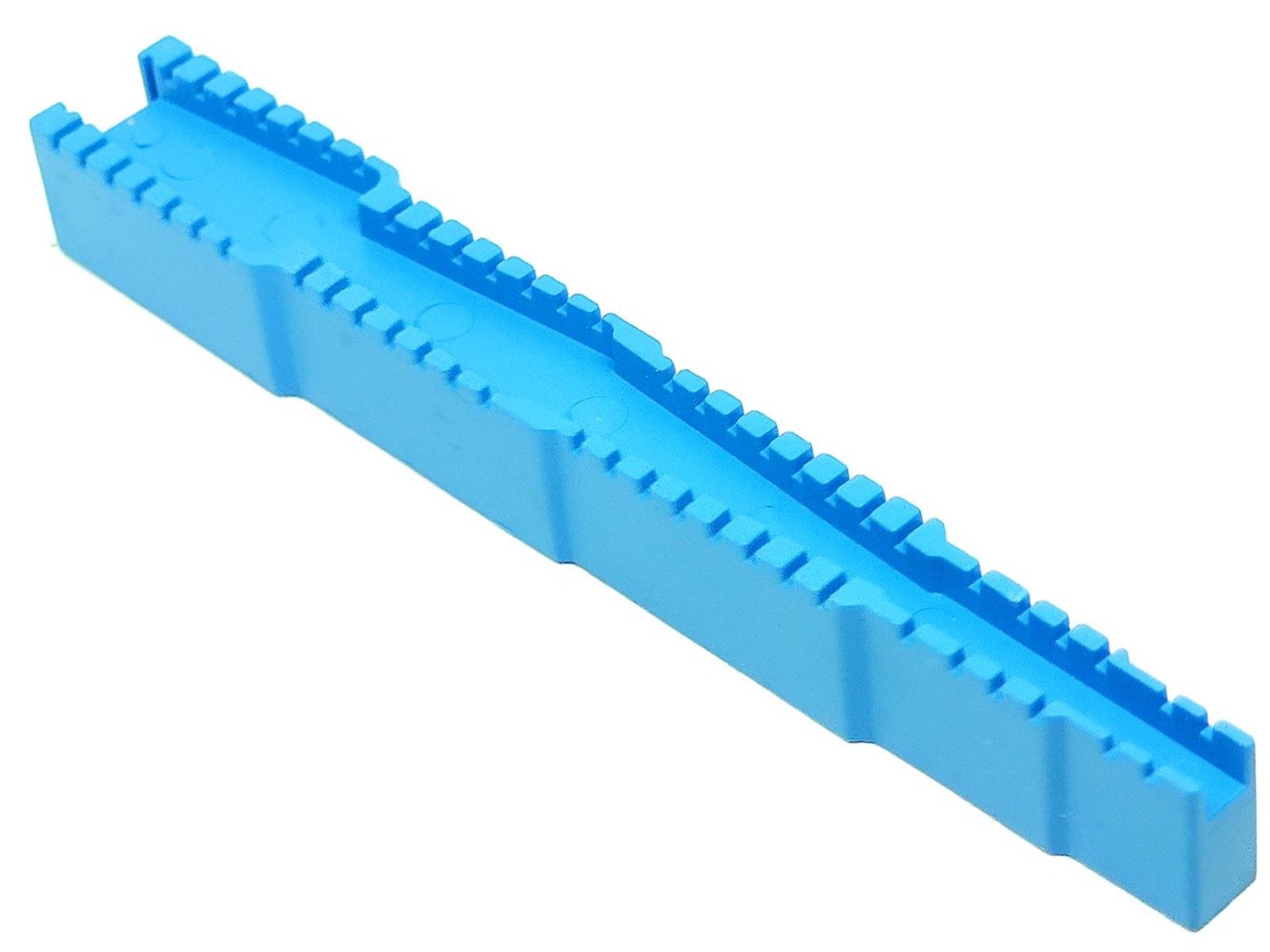
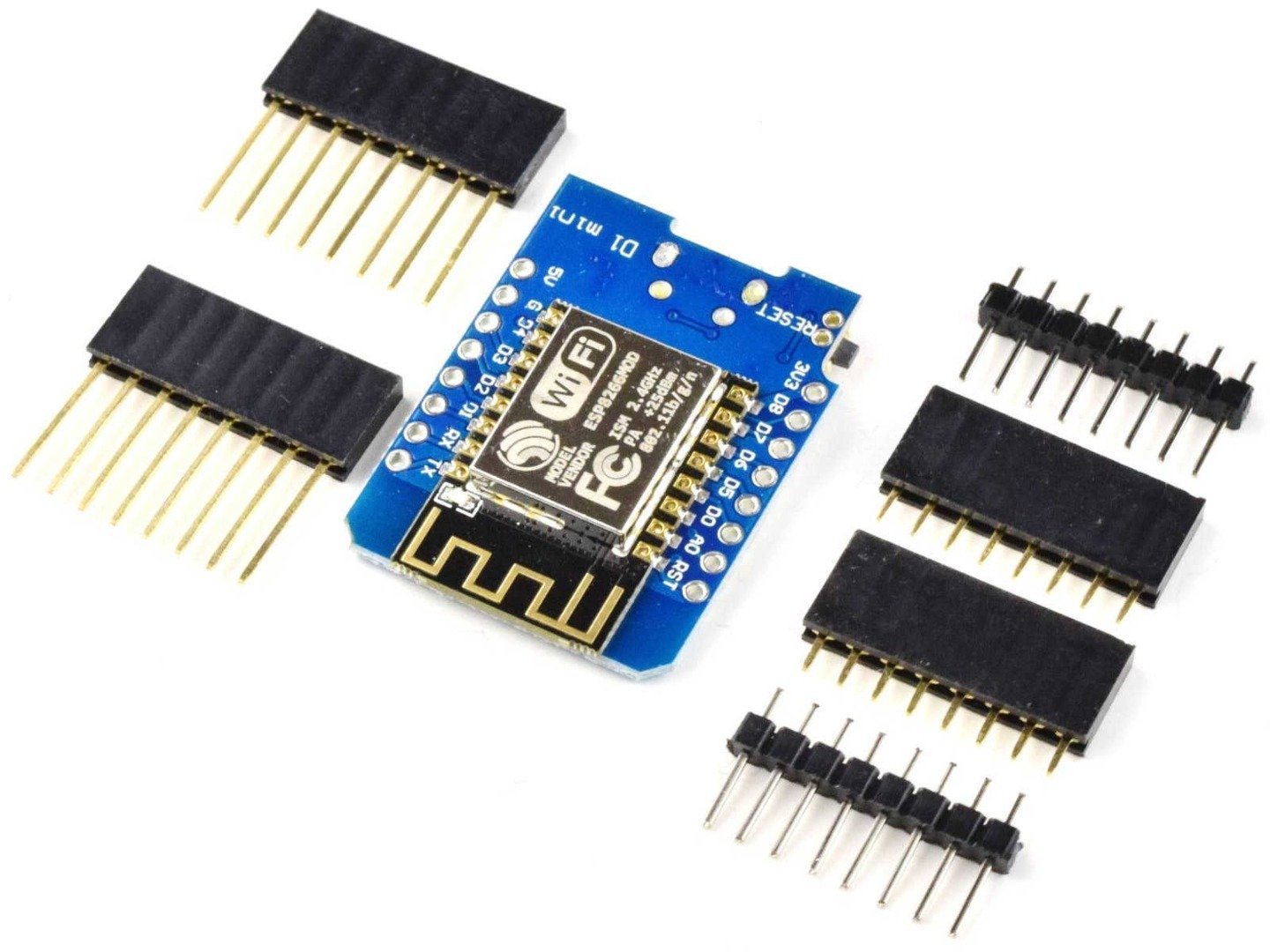



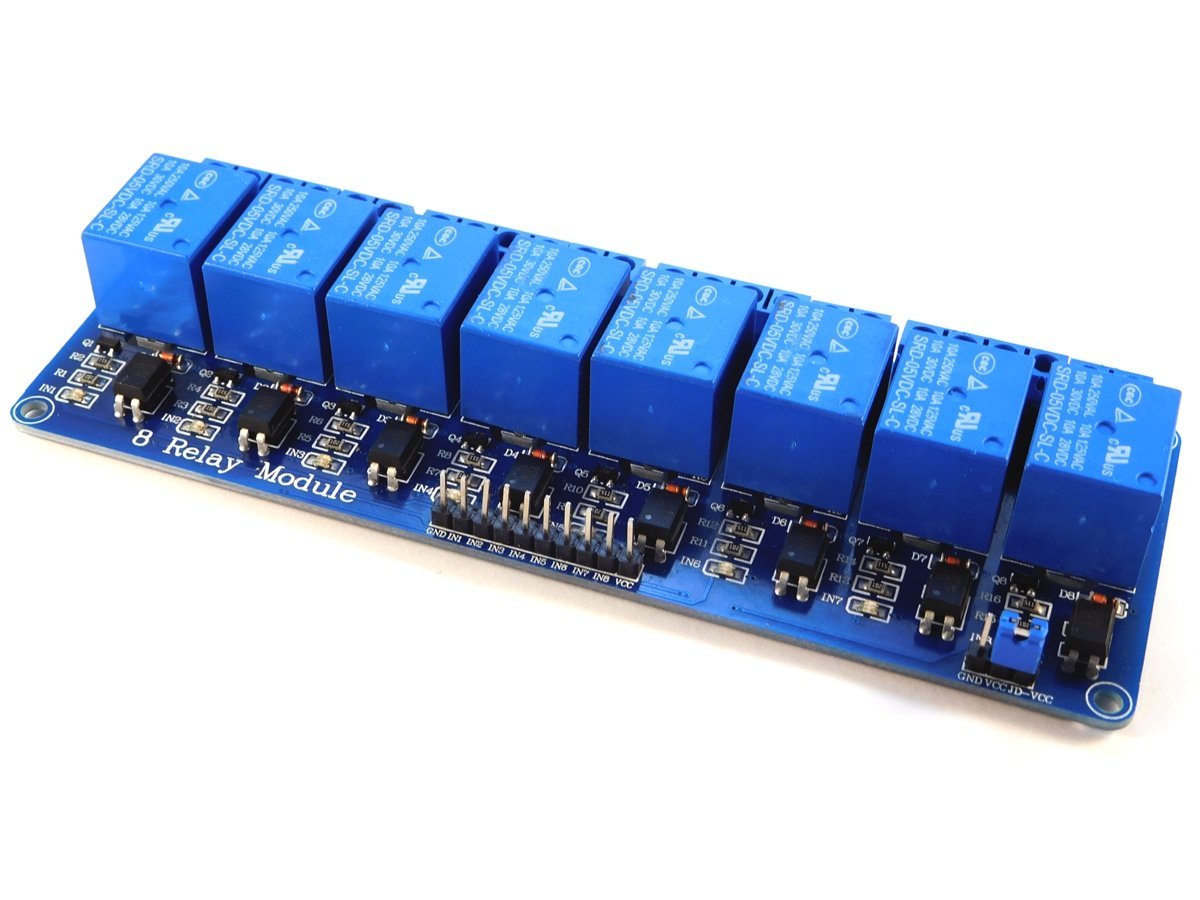
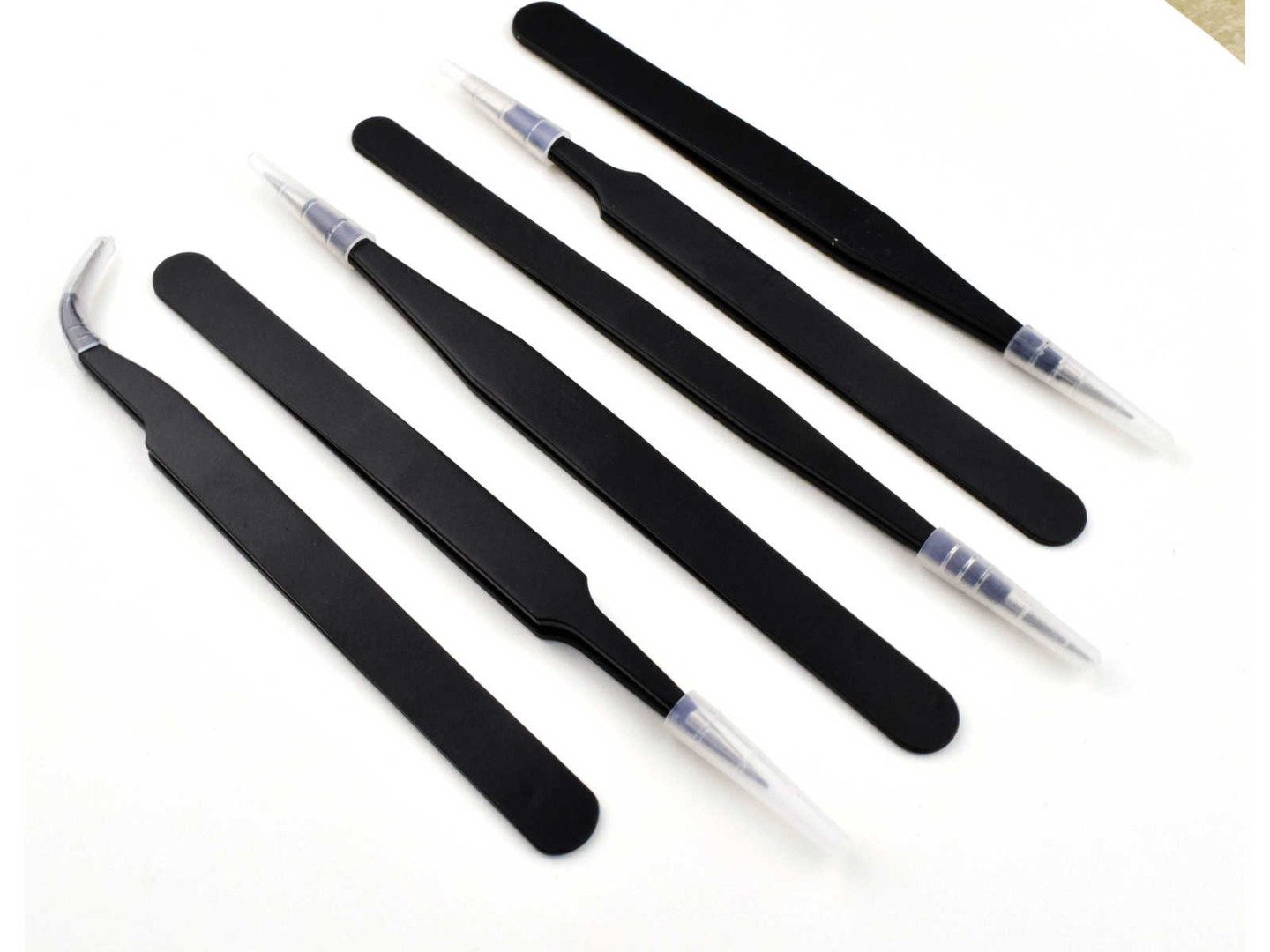
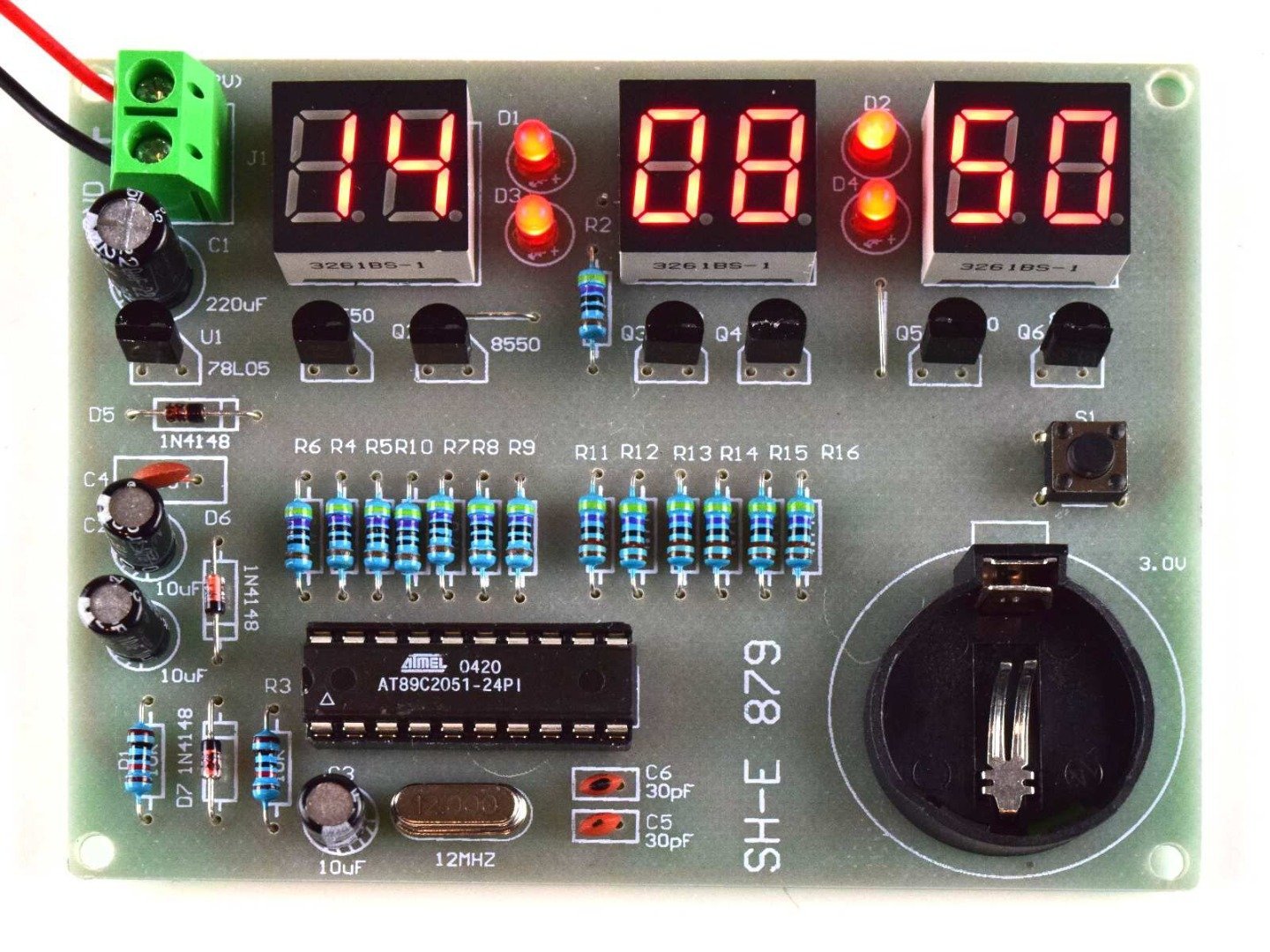
John C. Westmoreland, P.E. (verified owner) –
To CANADUINO 60kHz Atomic Clock Receiver Module WWVB MSF JJY60 Customers,
I’ve purchased several of these units from Universal-Solder – not a lot of work to do the minimal soldering; and I even connected to a clock module from a different vendor/manufacturer and it worked fine. So, this works as advertised – have fun with the 60kHz WWVB signaling from Colorado (for those based in the US, of course).
Regards,
John Westmoreland
Michael Maiorana (verified owner) –
Remarkable little receiver and antenna! It is fairly easy to assemble, but there were no explicit instructions on how to do so. Solder the crystal and the header pins. Connect 3.3V and ground, and ground the PDN pin. At 3pm local time here in Florida, 1500 miles away from the WWVB transmitter in Colorado, with thunderstorms 20 miles away, my clock had sync within 2 minutes. I’m shocked! All my other commercial receivers don’t have a chance unless it is after midnight. The board and soldering are very high quality. I’m glad I bought a 2nd module so I have one to play with while the first runs my desk clock. A+++
Bob –
We will definitely be dealing with them again going forward…Bob
Amazon Customer –
Arrived ahead of schedule very safely packaged, good quality parts.
Gear Box –
works first time looking out of a south facing window got my old Maplin rugby clock working fine
Catherine R.Catherine R. –
EXCELLENT!! This is a kit. You will need some soldering skill and a little more than beginners electronics skill. Do go to the Canaduino website for information on using it. I have uploaded images of the minimum hookup that gets it running. If you connect it as shown (PDN connection grounded) the PDN LED will be off and then a minute or two after you have it connected to power ( 3 to 15 VDC) the OUT LED should begin blinking irregularly (data is coming out). This is a very nice kit and compatible with most Arduinos (the out signal is 3.3 VDC which is fine for 3.3 or 5 V Arduinos). Good Luck!
JRob –
After some fumbling around (my fumbling with arduino sketches, not the module) it worked as advertised. Universal Solder responded very promptly to a couple of questions I had as well.
O9R –
This is not a true kit as with few solder points was too simple. Connecting it and testing was a little more challenging. I would give it 2/5 difficulty as one has to wait for synchro. The info on the manufacturer web site, especially the stm32 clock is very good even only for this module alone and not considering the whole project described there.Much more sensitive than the desk marathon clock I have that never synchronizes.One needs other components if a full atomic radio clock is the end goal.
Willy Maze –
I’ve had the Lacrosse WS-8115 Atomic Clock for many years. I hardly ever saw the Rx symbol on the clock display and I basically used the clock as a regular one, by manually setting it. So instead of buying a new clock, I purchased this just to see if it would work. It was literally a drop-in upgrade (with 4 solder joints and hot glue)!!! Within 24hrs the clock locked on to Colorado and has not dropped signal since. It’s self setting and holding time perfect!
William F. Fenn –
Tic Tock, Tic Tock … perfect for my use.
Shannon McMillen –
Arrived on time, and the receiver works fine. Just keep it away from computers and other RFI Sources. Best thing to do is put in window and orient loop stick antenna towers transmitter.
Sparky –
Exact time, all the time. Packaging was pretty robust – the board and bar antenna were packed securely in a capped, sturdy plastic tube. It just took a tap on the opened end for it to slide out. The device came with printed documentation and usable references to part data if needed. After soldering down a 5-pin breakaway header on the board, I put it down on a breadboard and wired it to an Arduino, and wrote a short test sketch to time the edges on the T pin, and saw the right kind of timings (800ms/200ms etc). This was done on a bench in the man cave/Faraday cage, so that’s pretty impressive performance. As a secondary check, I turned on an LF receiver in the shack and verified the pulses lined up with what I heard on WWVB. Looking forward to writing a time decoder for this very slow and very accurate PWM’d bit stream. Remember to pull down the P1 pin to turn on the receiver. It doesn’t draw a lot of current (about 50 uA) when it’s running, and draws near nothing (0.1uA) when you power it down (by pulling P1 up). The included documentation describes cycling this pin to retrigger the AGC logic to hasten signal acquisition time. You might therefore want to dedicate an Arduino output pin to controlling P1 rather than just grounding it. For my first test, I just grounded P1 and signal was acquired within seconds of power up. Standard shipping is via the Canadian and US Postal system; it took about a week and a half to get here. Seller was really quick to reply on a shipping question. He didn’t solicit a review from me, I’m just impressed with this inexpensive, sensitive receiver giving me WWVB on a pin.
Mr. B. S. SmithMr. B. S. Smith –
About 40 years ago I built a clock from the design in Radio & Electronics World (April 1983)and it has proved very reliable. In that time I have only had to replace the Z80 processor,which may have failed from overheating.But I never had much success with the 60kHz receivers (two designs) and aerials (ferrite rodand wire frame aerials). Aerials extremely directional and poor reception in daylight hours.This Canaduino module has transformed the clock. It comes as a kit, but very little solderingrequired. But you do need to be competent in soldering tiny parts (the crystal).It was very well packed inside a small plastic box. I don’t know whether the box was intendedto house the built-up unit, but that’s what I did. With careful measurements and drilling Imounted the ferrire rod with cable ties, the PCB with M2.5 screws, and two phono sockets.One for power, the other for data.It seems quite tolerant of direction, but I’m relatively close to the Anthorn transmitter(about 135 km, 84 miles). It may be more critical at greater distances.Highly recommended.
M. Downs –
Works just as promised. Thanks folks.
wa1vgb –
I am in a fringe area or just outside the coverage maps found online. For me, it did not work when mounted in the same box as an Arduino. I ended up mounting it in the case it came in with an 8 ft cord to the Arduino project and powered it with a 9 volt battery and it decoded over 200 times overnight. Another item to avoid besides typical noise makers, do not place it behind a metal window screen.
Tony R –
I am about 850 miles from WWVB. The unit sync’s in minutes after sundown but during the day, it takes hours to sync– the red OUT led flashes randomly during the day. This behavior is as expected, from my distance, as described in the WWVB documentation. The antenna position is critical for correct operation and the receiver is about 4 feet away from other electronics.
John Willis –
A hard part to find, delivered quickly and securely in a cushioned container and box. A ferrite core makes an excellent antenna but is very delicate and hard to ship. They came up with a plastic test tube like container to protect it and went the extra mile to wrap the end in foam to make sure it did not shatter. The tiny circuit card has solder pads ready for either a breadboard strip of header pins or to be used to directly connect into a circuit. One the advantages of WWVW is it is independent of GPS satellites and has a well established and documented signal format. I look forward to using this is a small raspberry pi to make an atomic clock signal receiver and decoder.